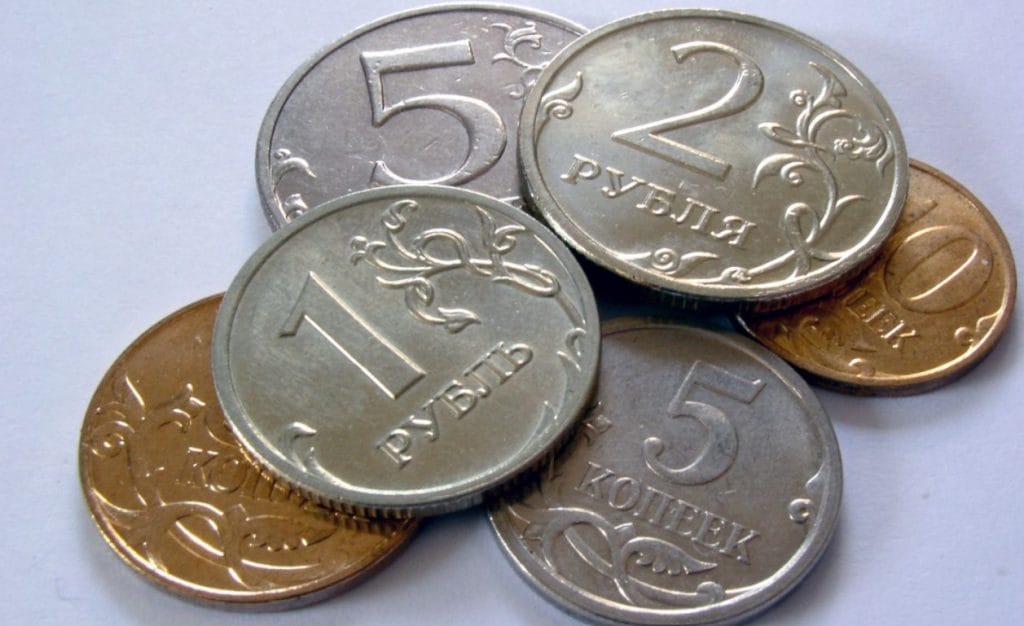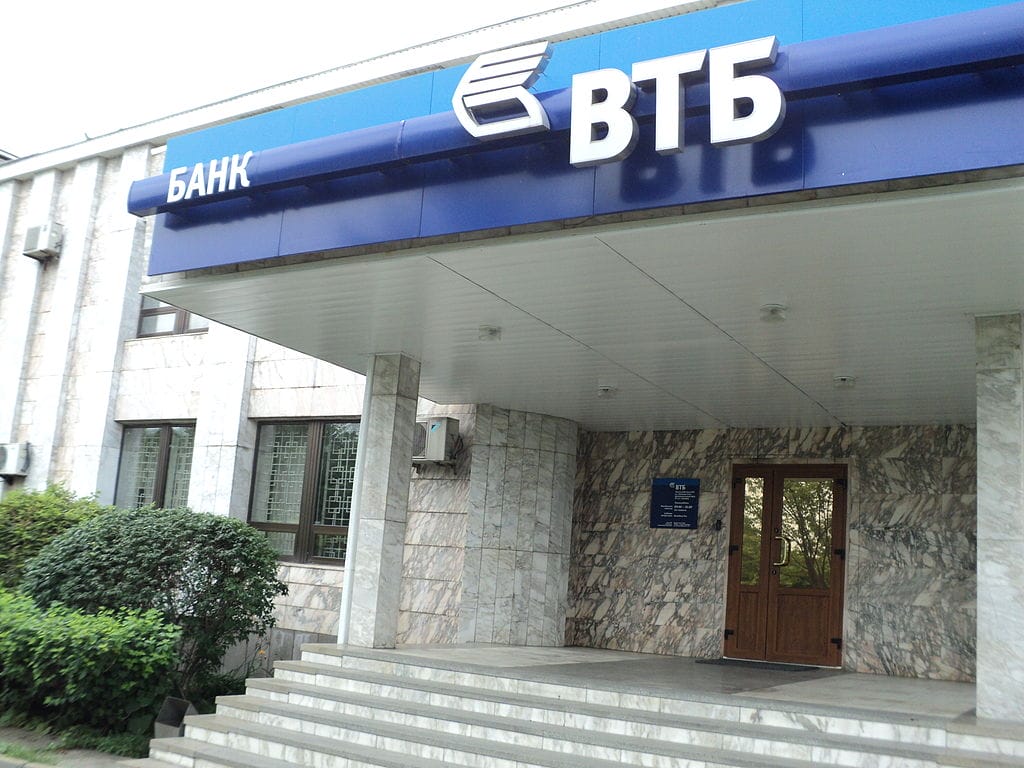Last updated:
 Why Trust Cryptonews
Why Trust Cryptonews

Russia’s Central Bank has launched a CDBC anti-fraud protection system for banks as it prepares to roll out the digital RUB.
Per the official Russian Parliamentary Gazette and a report from TASS, the measures came into force on February 23, and were legislated for in a Central Bank decree issued late last year.
Digital RUB: New Anti-fraud Measures
Lawmaker Sergei Gavrilov, the Chairman of the State Duma Committee on Property, Land, and Property Relations, and part of the Central Bank’s National Financial Council, said the measures would help “protection transactions” made using the digital ruble.

Gavrilov said the measures would allow financial institutions to “suspend” a CBDC transfer “for two days” if they detect evidence of fraud.
“If a [commercial] bank suspects a transaction may be related to fraud, it can suspend it for two days for verification. During this period, the client will receive a notification explaining the situation. They will be required to confirm their transaction the following day.”
Russian lawmaker and Central Bank National Financial Council member Sergei Gavrilov

Protection for Companies?
Gavrilov said that if bank clients fail to respond to these “requests,” the “transaction would not be executed.”
Instead, he said, the coins “will remain in the sender’s digital wallet.” And this will “allow the client to avoid unwanted consequences” and “ensure the safety of their funds.”
The new measures are primarily aimed at commercial, corporate, and B2B users. They are also designed to mimic a similar mechanism the bank introduced for peer-to-peer transfers last year.
On July 25, 2024, the Central Bank launched a system that “automatically detects” what it calls “suspicious-looking transactions.”
This, the bank says, can help “inform clients of the possible risk of fraud.”
‘Cooling-off Period’
Gavrilov said that the CBDC transfer “suspension” system could help create a “cooling off period.”
This, he said, would help citizens “avoid making hasty decisions that could result from pressure from attackers” or “careless actions made in stressful circumstances.”
The system, the bank claimed, will let digital RUB “platform participants” monitor transactions. It will let banks filter transactions where they think “scammers are involved.”
The Central Bank says it will launch the digital ruble nationwide later this year. However, it is yet to fix a firm date for the rollout.
The bank and government organs, including the Federal Treasury and the Ministry of Finance, have reportedly completed tests focused on incorporating the digital RUB in “budgetary operations.”
This has led to pushback from commercial banks and social media users. The latter group has claimed that the bank’s CBDC will allow its operators to “burn” unused tokens in wallets.
Others fear that the government will force pensioners and other benefits recipients to use the digital ruble.
However, the Central Bank has refuted these claims, saying that the use of the CBDC will be purely “voluntary.”
Liquidity Concerns?
Experts appear unconvinced. Speaking to the Russian newspaper Izvestia, Denis Astafyev, the founder of the investment firm SharesPro, said:
“[The Central Bank needs to make] significant technical and organizational changes if it is aiming for mass digital RUB adoption. That goes for businesses, citizens, and the banking system.”
Astafyev also opined that there was “also a possibility that the transition to the digital ruble” would “lead to a decrease in liquidity for commercial banks, as some funds may move to the Central Bank’s platform.”

The Russian Central Bank began piloting the digital RUB in August 2023. Last year, it announced it was expanding the scope of the pilot with a view to launching in 2025.
Its commercial banking partners include the local heavyweights Sberbank, VTB, and T-Bank (formerly known as Tinkoff Bank).



















